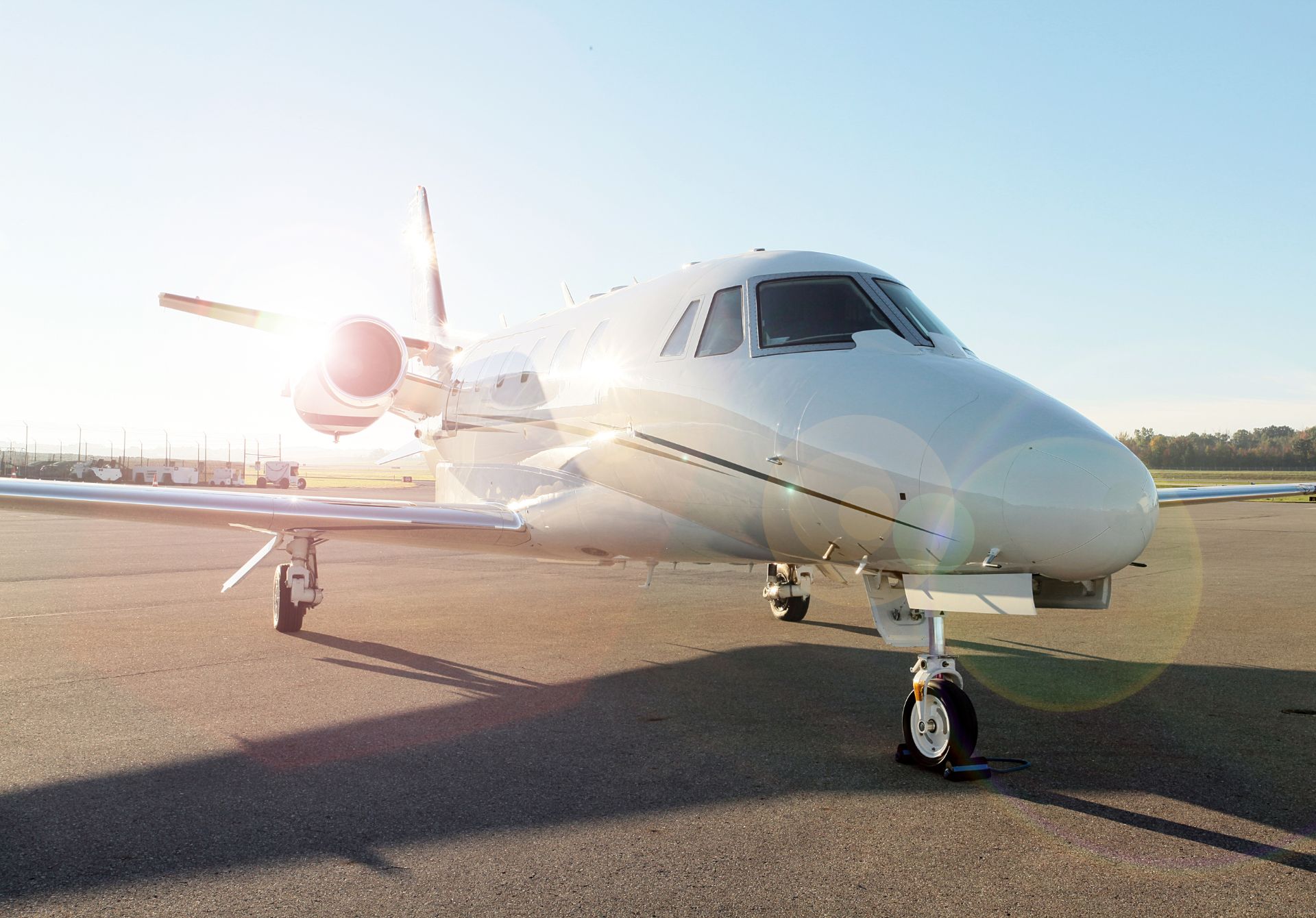The aviation sector relies on multiple organizations which maintain safety standards and regulations throughout global airspace. The FAA, CAA, ICAO, EASA, and JAA are the leading organizations in aviation regulation. The listed acronyms represent aviation authorities that manage different regulation aspects of international and domestic aviation operations. Despite their outward similarities, these organizations serve unique roles and functions throughout the global aviation sector. For anyone involved in aviation, it is essential to understand how each of these organizations differs from the others.
FAA (Federal Aviation Administration)
The FAA is the national authority overseeing all civil aviation regulations throughout the United States. It began operations in 1958 as part of the U.S. Department of Transportation (DOT) to manage U.S. airspace safety. The FAA oversees many activities, including air traffic control operations, airport safety management, and the licensing of pilots, aircraft, and airlines.
The FAA has a vital duty to oversee civil aircraft maintenance and operations regulation. The agency establishes safety standards for aviation while certifying aircraft and their components and enforcing compliance from aviation companies and their employees with rigorous guidelines. The FAA sets standards for pilot licensing by determining flight training requirements, operational qualifications, and medical exam prerequisites for commercial and private pilots.
CAA (Civil Aviation Authority)
The Civil Aviation Authority (CAA) is a regulatory organization responsible for aviation safety standards and security regulations within each country. The United Kingdom’s Civil Aviation Authority, established in 1972, is the most recognized CAA internationally among various national aviation authorities. The UK CAA’s responsibility includes maintaining air travel safety with efficiency and environmental responsibility throughout the United Kingdom. The UK Civil Aviation Authority establishes safety rules and grants certification to airlines and aircraft along with aviation professionals such as pilots and air traffic controllers.
ICAO (International Civil Aviation Organization)
The United Nations created the International Civil Aviation Organization (ICAO) as a specialized agency in 1944 to develop international aviation standards and coordinate practices. The International Civil Aviation Organization (ICAO) works to establish worldwide policies to protect safety and security while improving efficiency and environmental sustainability in international aviation. The organization is the leading authority responsible for developing international aviation rules that member states should implement domestically.
EASA (European Union Aviation Safety Agency)
The European Union Aviation Safety Agency (EASA) is the agency that oversees the regulation and safety of civil aviation throughout the member states. EASA began operations in 2002 to take over fragmented national aviation safety systems and establish one consistent regulatory framework throughout Europe. EASA’s harmonization of aviation safety standards allows airlines and aviation operators to meet regulatory requirements more efficiently across multiple EU countries.
JAA (Joint Aviation Authorities)
From 1970 until 2009, the Joint Aviation Authorities (JAA) represented a cooperative network of European aviation regulators aiming to establish a single aviation regulatory framework throughout Europe while maintaining common safety standards across member nations. The JAA worked to standardize aviation certification and regulatory procedures for aircraft airlines and aviation personnel throughout European nations to streamline compliance with aviation regulations for operators across the continent.
The FAA, CAA, ICAO, EASA, and JAA share common objectives for aviation safety and standards, but their roles and geographic coverage are distinct. The U.S. aviation system operates under the control of the FAA, whereas the CAA regulates aviation across multiple nations. ICAO establishes international aviation safety standards and regulatory frameworks, while EASA implements uniform aviation safety procedures throughout the European Union. Before EASA took over its responsibilities, the now-defunct JAA was essential for establishing unified European aviation regulations. All these organizations work together to create a global aviation system that operates safely and efficiently.

